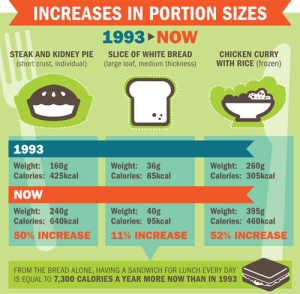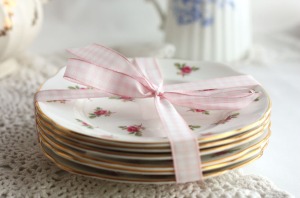Hello from Sri Lanka !
I am in an odd situation whereby I am away from home for the best part of six weeks. This is due to a once-only opportunity to visit my family in Australia, nip across to NZ where I was born and brought up (but left for the UK in 1977), pick up one of the Baby Bees after her year abroad and then meet up with the rest of the Bees for our 2 week annual summer holiday.
Having started The Side- Plate Diet on January 6th, I had slimmed down considerably during the 6 months before my travels began. Would it be easy to stick to it while away? Well, it has been a mixed bag.
Eating with my family while abroad has been easy: they understood I was watching portion-sizes. Self-catering motels were also simple and when eating out, I would just have a starter – sometimes with a treat of a side of fries. I have not wanted to be massively strict on the odd occasion when a lovely meal out with family and friends was on the cards. Not feeling guilty and getting back on track is the best plan.
The biggest problem has been the buffet meals at the 2 hotels we have stayed at here in Sri Lanka. You would have to have an iron will not to want to try lots of the wonderful foods on offer, particularly when they are in a new cuisine (Sri Lankan cuisine has influences from colonial powers, foreign traders and Southern India. Key ingredients are rice, coconut and spices, reflecting the island’s history as a spice producer and trading post over several centuries) and you are here for the total holiday experience ~ food included. The hotel we are in now has a superb chef who, knowing I have Coeliac Disease, keeps making me special plates of the most amazing concoctions. For breakfast this morning, for example, he presented me with rice flour pancakes with a filling of chopped banana and desiccated coconut + honey paste. I thought I had died and gone to heaven. My intention to just have a small plate of fresh pineapple with a small serving of yoghurt was nowhere to be seen.
Buffets are essentially tables laden with food, most of which one wants to try, and there can’t be many people who don’t find themselves over-doing it, given the self-service nature of the beast. The term buffet originally referred to the French sideboard furniture where the food was served, but eventually became applied to the serving format. It also used to be an opportunity to show off one’s wealth (both with the food and the vessels in which it was presented) and it is, at this hotel anyway, a chance for the chef and his kitchen staff to really show off their considerable skills.
I am not proud to admit as well that there is also an element of “all you can eat for the set price”…. let’s pig out while we have the chance and we aren’t eating/paying a la carte. Sad, I know.
So there is no doubt that for at least 2 of the 6 weeks I am away from home, I will be eating more calories than I had been doing. I guess the trick is to try and compensate (tomorrow is another day), love the freedom of being on holiday, not worry about a few pounds going on, and know that when back home, this morning’s breakfast will be the stuff of dreams.
Annie Bee x



























